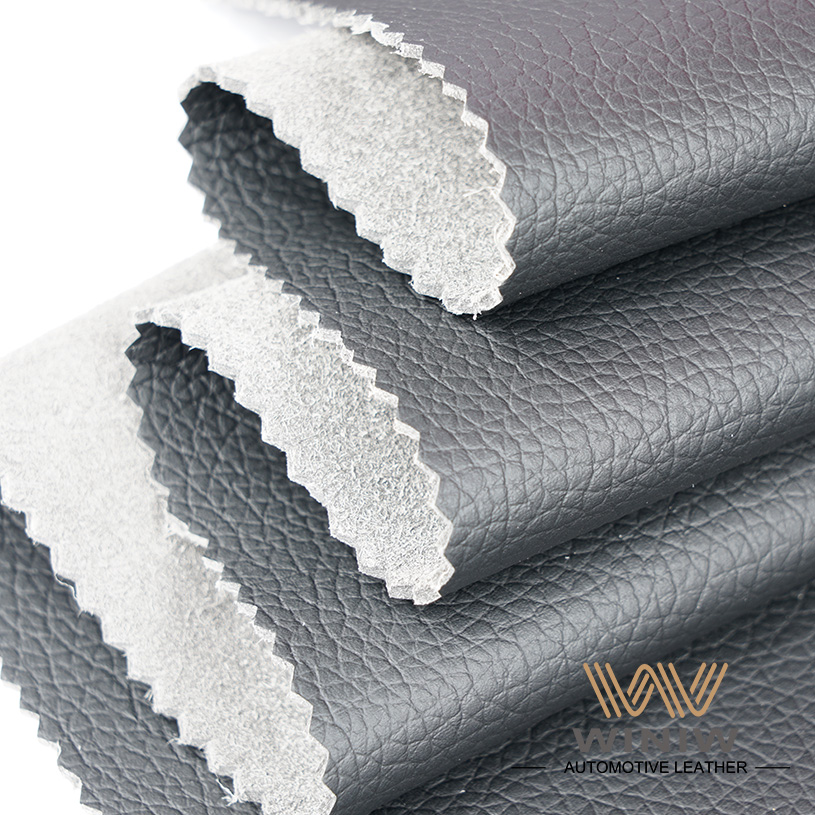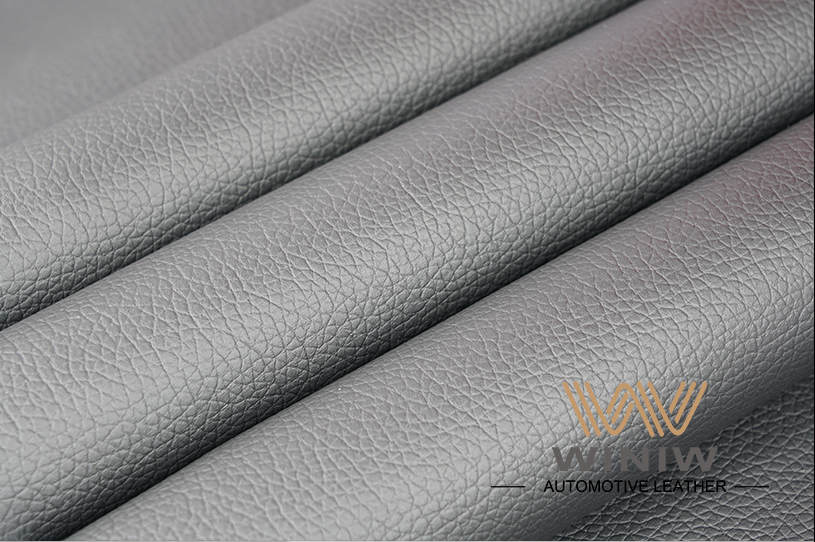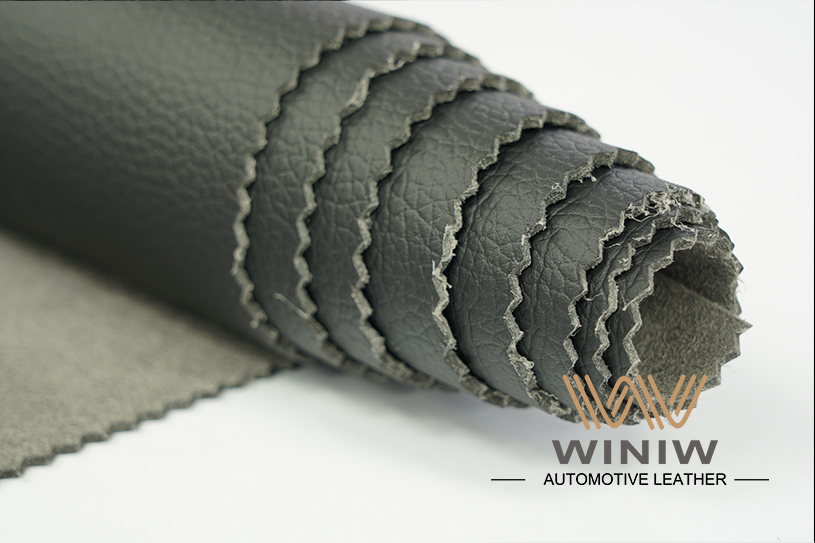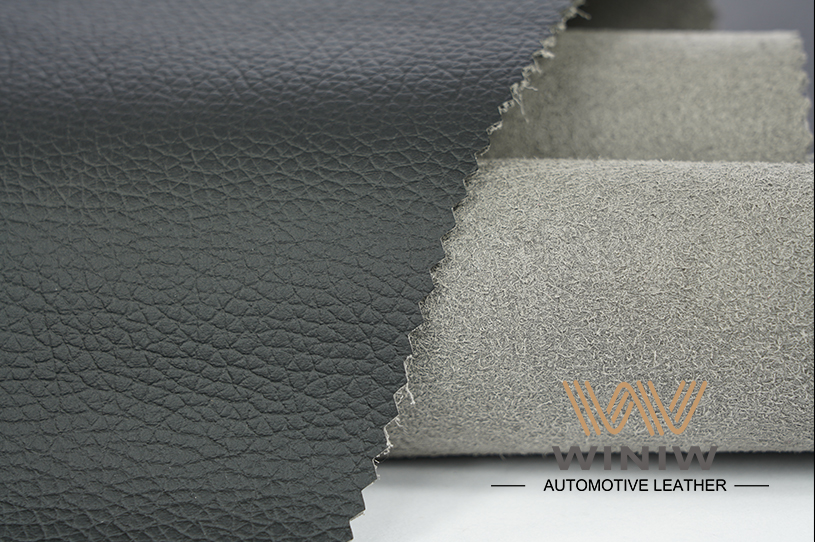Tomēr, kad āda tiek uzklāta tālāk un rada lielāku vērtību, tā saskaras arī ar daudzām problēmām: papildus ražošanas procesa sarežģītībai, kas saistīta ar interjera funkciju modernizāciju un daudzveidīgām klientu vajadzībām, the quality is also required to be more reliable and cost-effective. Development and delivery time is further reduced. This means that in the value chain triggered by leather, benefits and challenges coexist.
It is understood that the tools and solutions used in the development, design and processing of leather are relatively traditional. Piemēram, in cutting, the current car leather cutting is not the responsibility of the interior supplier, but mainly by the tannery. Tomēr, many tanneries currently use the stamping process. In simple terms, a mold is made according to the requirements. After the mold is qualified, the leather is punched and cut. This means that each new production requirement requires a new set of molds, which greatly reduces the flexibility, resulting in an increase in production costs and a waste of leather material. Papildus, in the cutting process, there are still many manufacturers or tanneries still adopting the manual cutting mode, on the one hand, the efficiency is relatively low, on the other hand, the skilled mechanic error rate will still exist. Tāpēc, this “slow work and fine work” operation method has obviously not kept up with the rapid development of the market.





